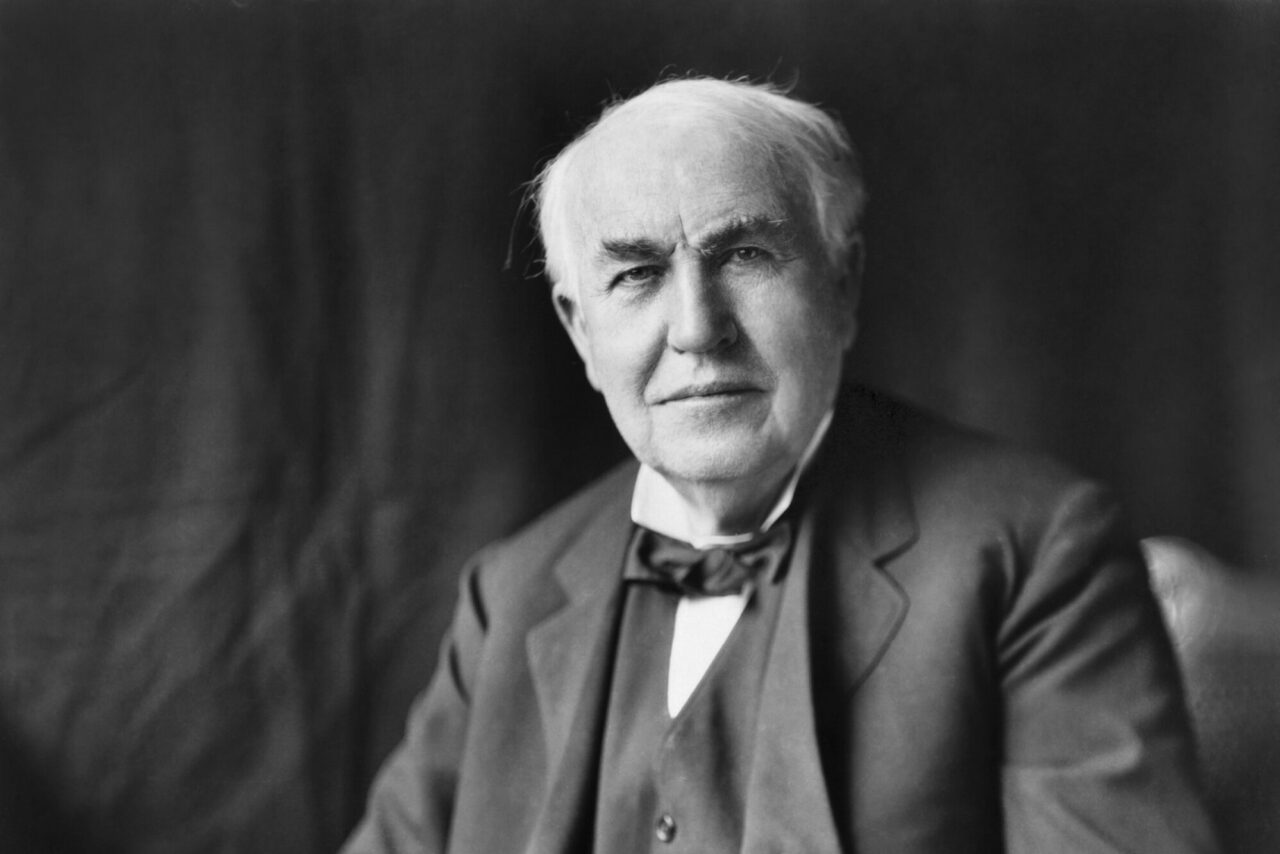- Marketing
- Perspective
Design Fail – removing those barriers that stifle creativity
Our Brand Strategy & Integrated Services Director Simon Hall talks about how to remove barriers when it comes to creativity.

When our CEO uttered the words, “We need to create a winning culture“, the concept of designing a ‘failure programme’ wasn’t the first thing idea that came to mind. But after thinking about it, I realised just how beneficial a failure programme could be.
The saying goes, “failure should be our teacher, not our undertaker” and it’s true, there’s a lot to learn when things go wrong.
When done properly, designing failure into your business can be a positive step which may foster rapid innovation throughout organisations at every level. It also enables brands to stay ahead of their competition.
“I have not failed 10,000 times — I’ve successfully found 10,000 ways that will not work.” - Thomas Edison

Even Thomas Edison understood just how valuable learning from his failures were. In fact, he continuously reframed them into successes, which lead him to an incredible invention.
The reality is that businesses need to create a culture which makes it clear that failure is acceptable. Design fail is a way to instil this in your people.
Understanding design fail
One of the first steps to design fail is developing an understanding of what good failure looks like. Just because you’ve failed once, twice or multiple times doesn’t mean it’s wrong or not worth pursuing. The Wright Brothers experimented for years with the concept of flight, often having painful failure after failure before they got anywhere near achieving success.
The thought of taking one, two, three steps backwards is often deemed negative or too time-consuming, but sometimes this is the only way to go forwards. Sometimes, you need to spend time reworking and remodelling ideas and thoughts, so that you can go off in other directions from a previous prototyped idea.
Design fail is not lazy or un-organised, it’s considered and planned, it’s creating an acceptance that it’s ok and normal, it’s a culture where failure is considered as important as success. It’s a process where you’re always trying something new, sometimes small deviations, sometimes complete fresh ideas and directions. Maybe you’ll learn from your failures, maybe you won’t, but this is ok.
Your failures don’t define you. Yes they do and that’s ok.
Elon Musk is widely known for his failures. One of his first Paypal products was voted one of the 10 worst business ideas ever. He virtually took Tesla to bankruptcy and was ousted from Paypal and his first company Zip2. But with all of this failure, he has become known as one of the most exciting pioneers of our time.

Design fail removes the barriers to innovation, creativity and collaboration. Why not start your own ‘failure programme’ by getting your teams to create failure CV like Johannes Haushofer an assistant professor of psychology and public affairs at Princeton who shared his CV of failures back in 2016.
Other initiatives could include fail walls instead of cool walls and even replace your innovation hubs with fail safe labs. Failure programmes could be an alternative idea for your business to create sustainable growth by creating environments where your teams can constantly trial and test new ideas without the negative influence of failure to enable constant evolution and innovation for your brand and its customers.
Design fail into your business and set your team free.
Want to know how to revolutionise your brand and business? Email hello@wyattinternational.com or call us on 0121 454 8181.